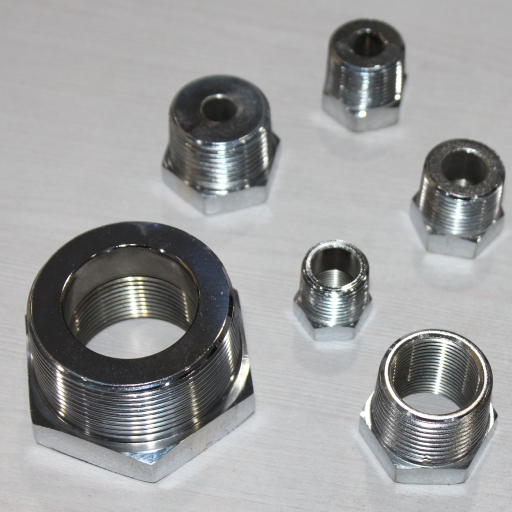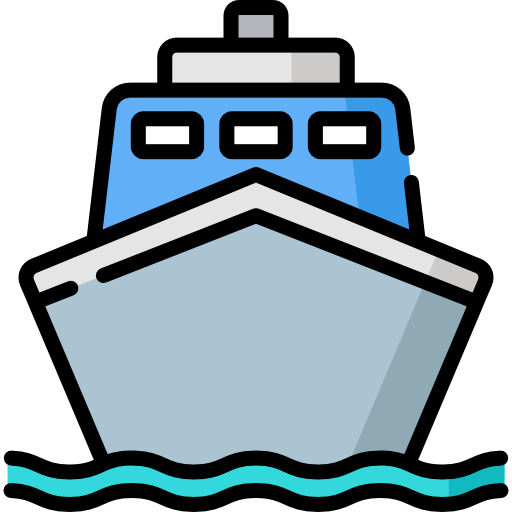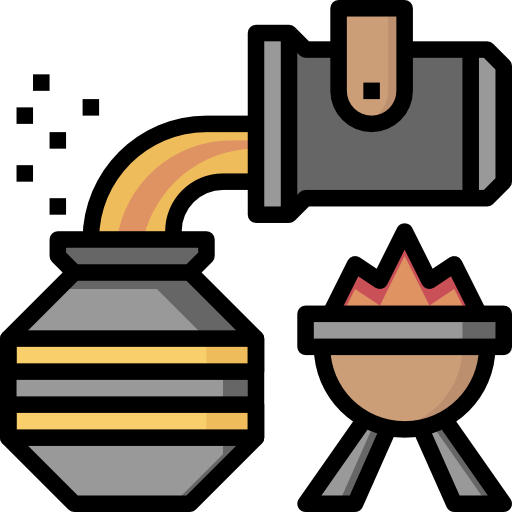PIPE FITTINGS

A fitting or adapter is used in pipe systems to connect straight sections of pipe or tube, adapt to different sizes or shapes, and for other purposes such as regulating (or measuring) fluid flow. These fittings are used in plumbing to manipulate the conveyance of water, gas, or liquid waste in domestic or commercial environments, within a system of pipes or tubes. The material with which a pipe is manufactured is often the basis for choosing a pipe. Materials used for manufacturing pipes includes – Carbon (CS) and galvanized steel, Stainless Steel (SS), Duplex Steel, Impact-tested carbon steel (ITCS), Low-temperature carbon steel (LTCS), Malleable iron, Non-ferrous metals (includes copper, Inconel, and cupronickel), Non-metallic (includes acrylonitrile butadiene styrene (ABS), fibre-reinforced plastic (FRP), polyvinyl chloride (PVC), high-density polyethylene (HDPE) and Chrome-molybdenum (alloy) steel — Generally used for high-temperature service. The selection follows as per ASTM / ASME / ANSI and other commonly known standards. Piping or tubing is usually inserted into fittings to make connections. Connectors are assigned a gender, abbreviated M or F (make or female). Common pipe fittings are – Adapter and Elbow.































